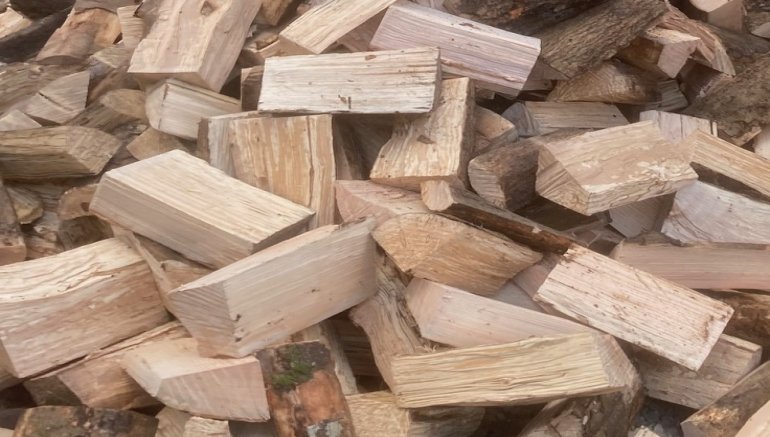
24 June 2025
What Is Wood Seasoning And Why Is It Essential?
If you own a wood-burning stove or a biomass boiler, then having a supply of sustainable firewood is essential, and the best way to make firewood sustainable is through ethical, local sourcing of timber at a low environmental and carbon cost.
A major aspect of this is the techniques used in wood seasoning, a very important process in making firewood that is not always entirely understood.
To season wood is to allow it to lose moisture and naturally dry. Unseasoned wood is often called green wood or wet wood, which is far less efficient, produces more soot and polluting emissions and can potentially create additional safety risks such as creosote deposits.
Alternatively, seasoned or "Ready to Burn" firewood ensures that you get the most heat per log you burn without all of the additional pollutants.
Seasoned wood has a moisture content of less than 20 per cent, down from as much as 50 per cent which can come from a log split from a tree that has just been cut down. When you buy firewood, it is legally required to have a lower moisture content to ensure that it is safe to burn and less likely to cause smog.
Wood tends to be seasoned naturally, which requires sunlight, air for circulation and time to allow moisture to evaporate gradually over several months or years. Alternatively, a more rapid process can be undertaken using a kiln to reduce this time to weeks, but it typically comes at an additional cost.
Exactly how long seasoning takes will depend on the size of the wood, the amount of air it is given to circulate, environmental factors such as rain or humidity and the type of wood itself.
Hardwood tends to take longer to dry than softwood, but it also tends to burn for longer due to its increased density and inherently lower moisture content.

